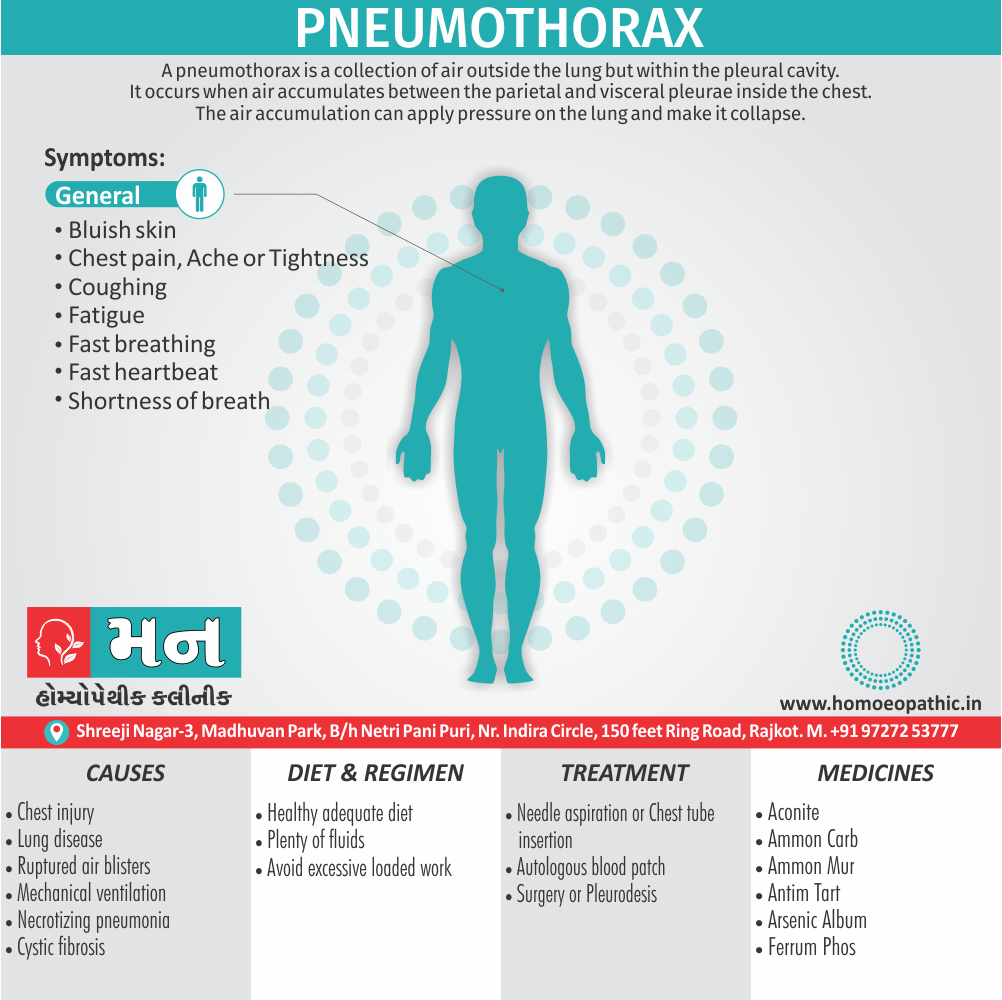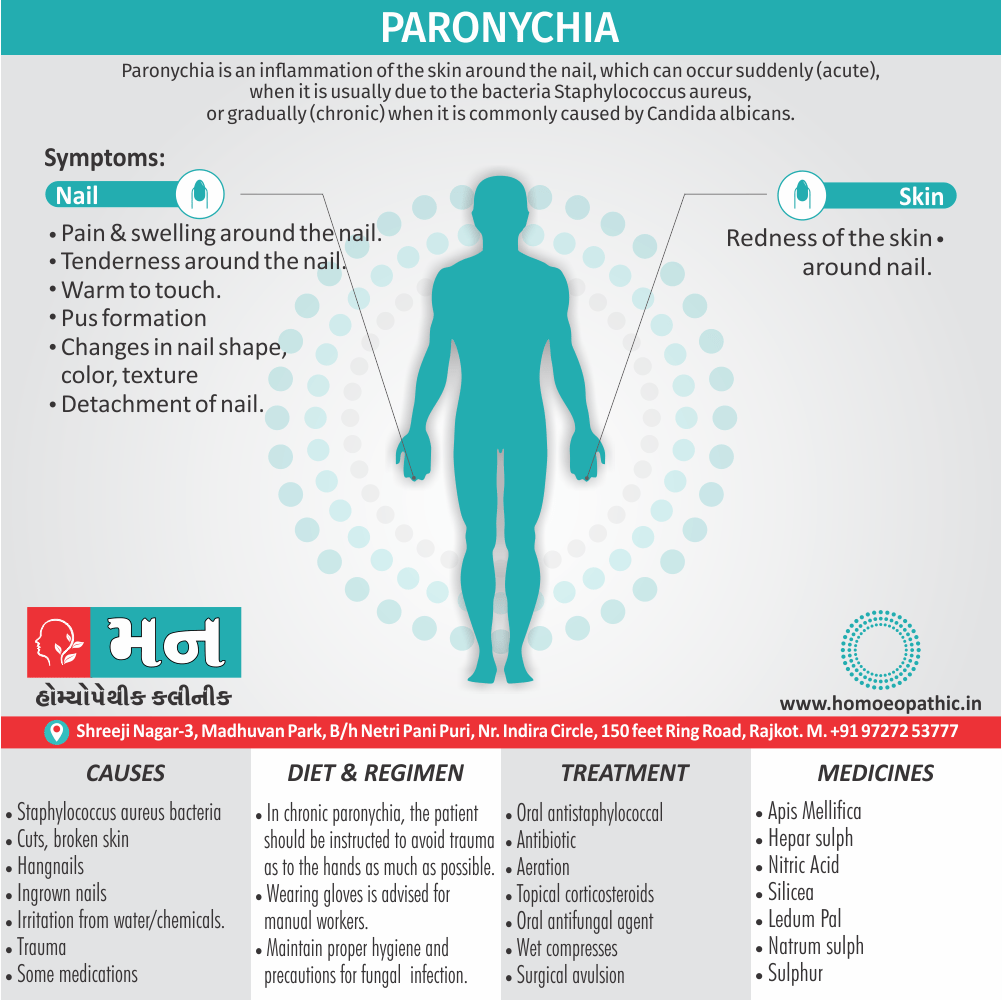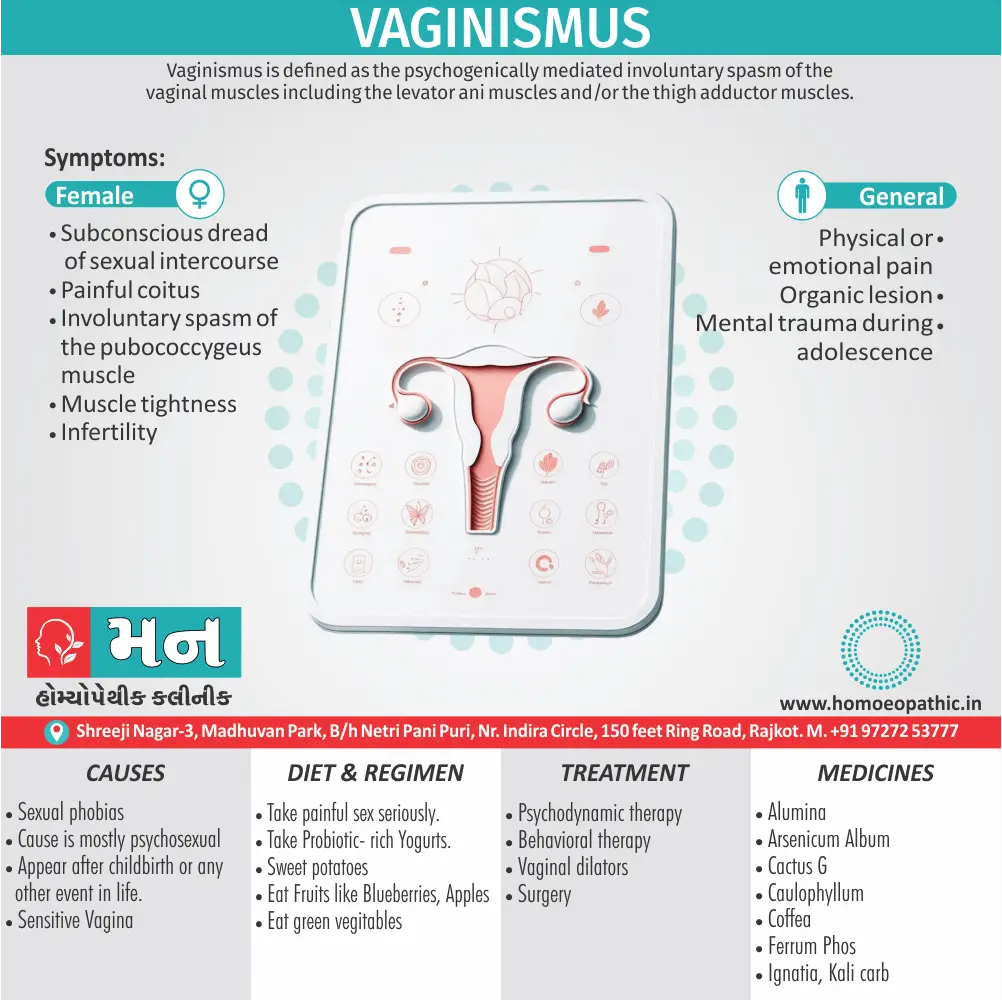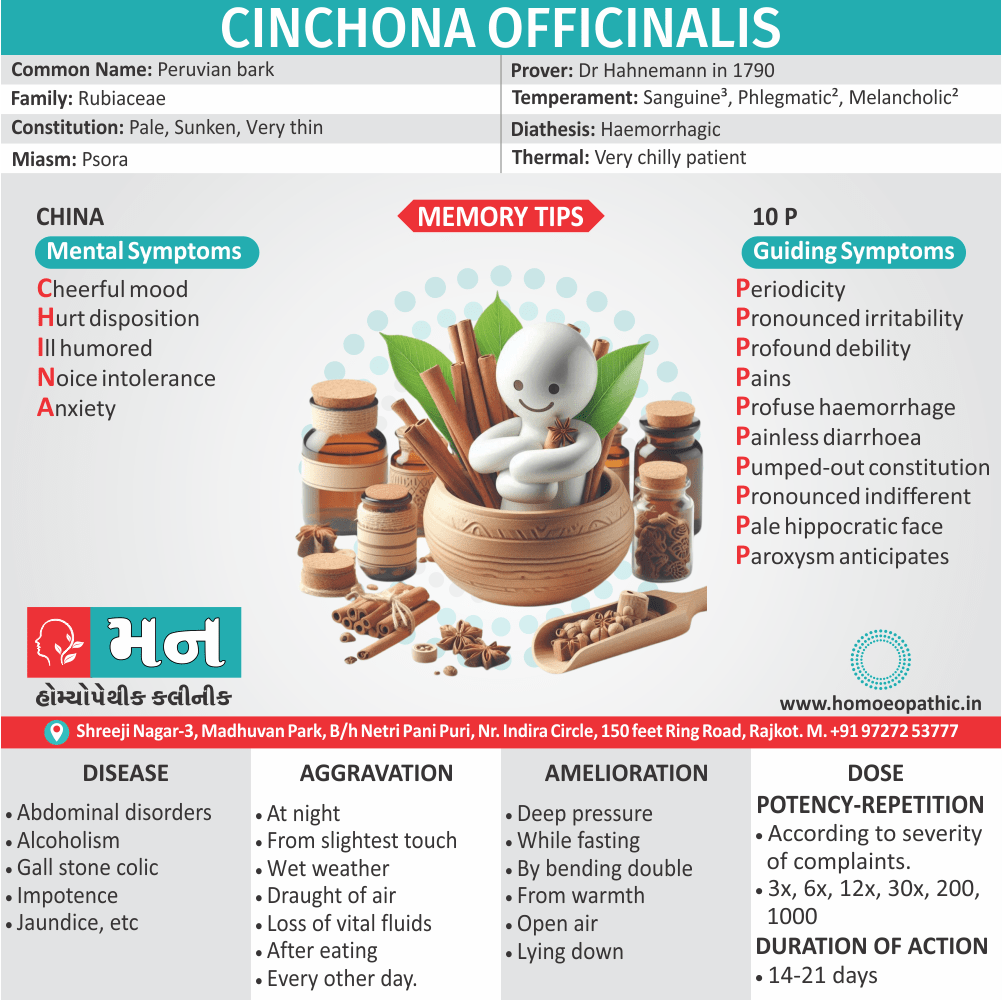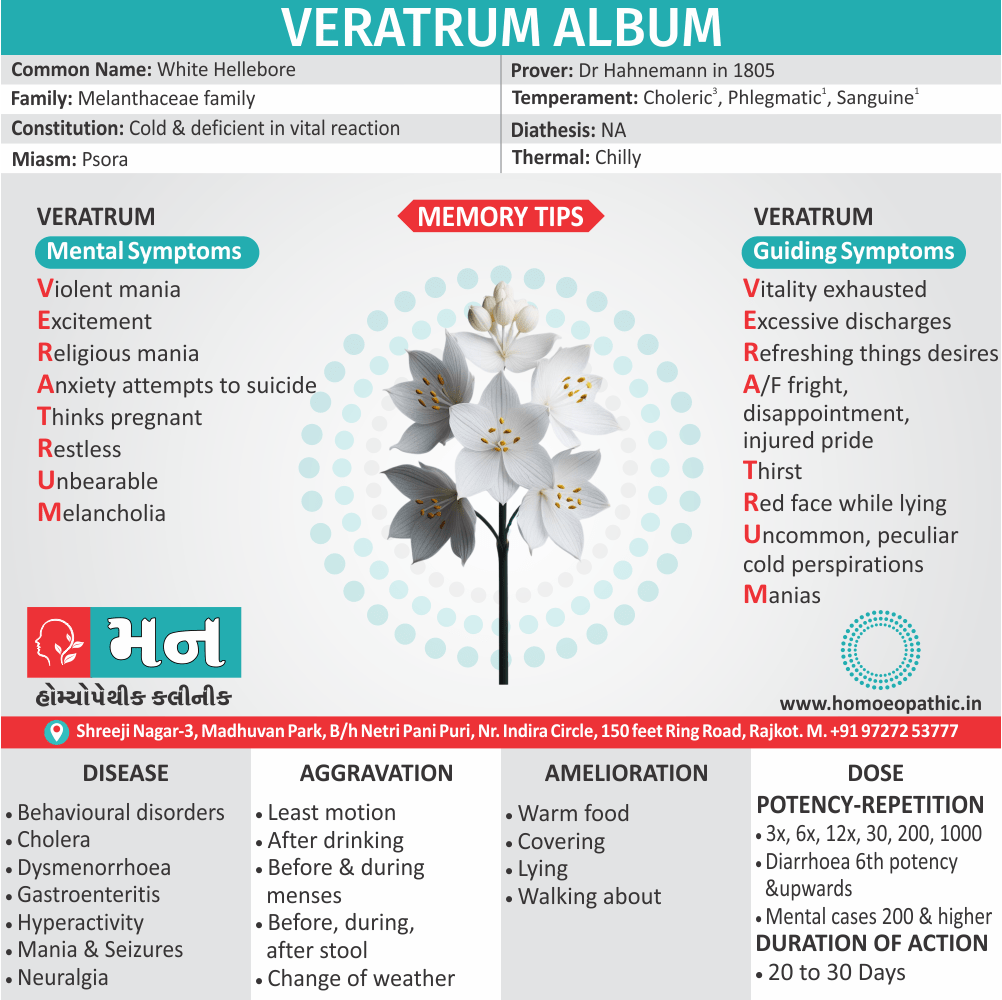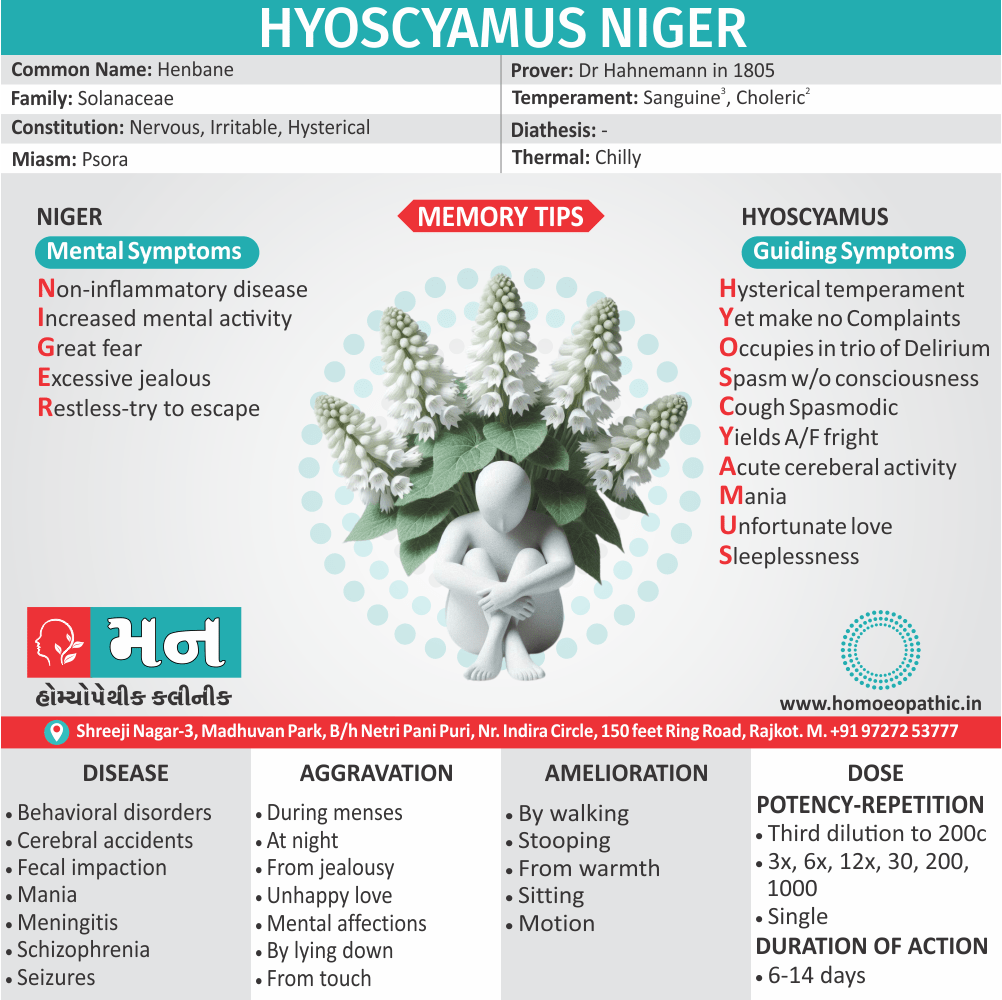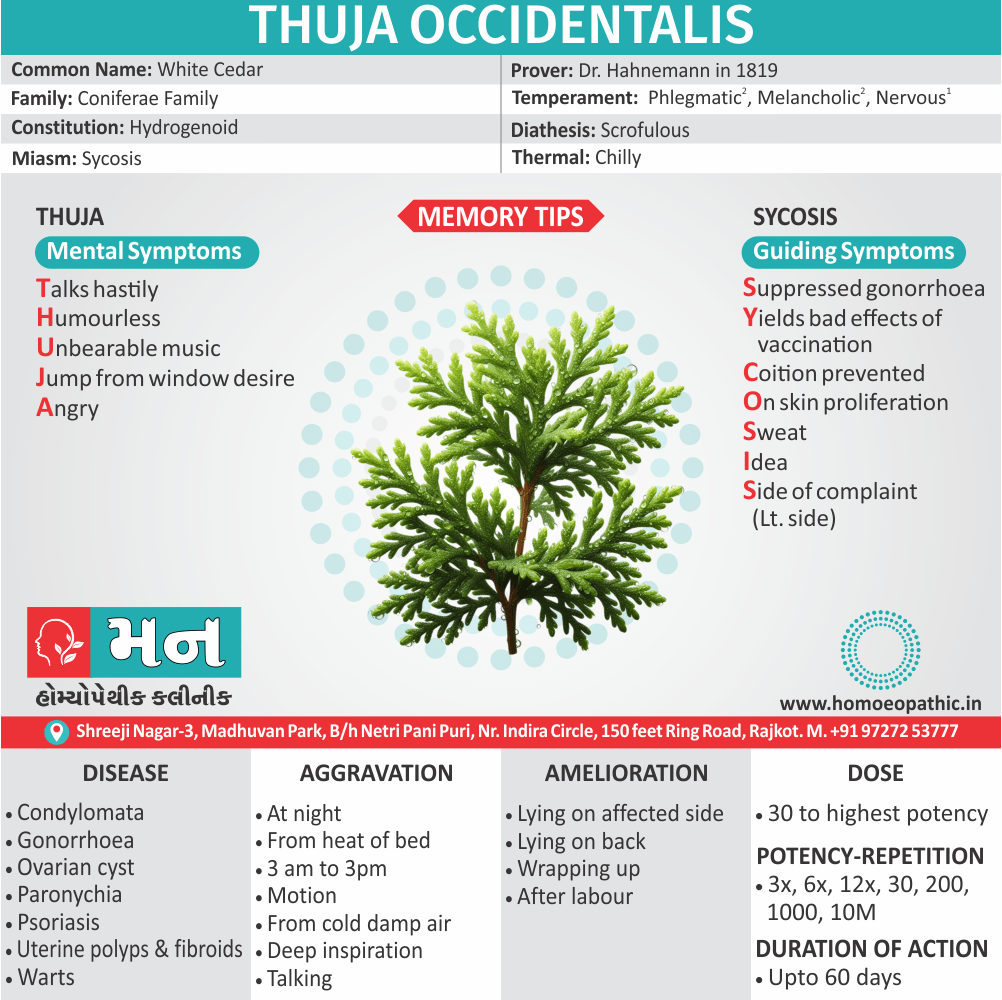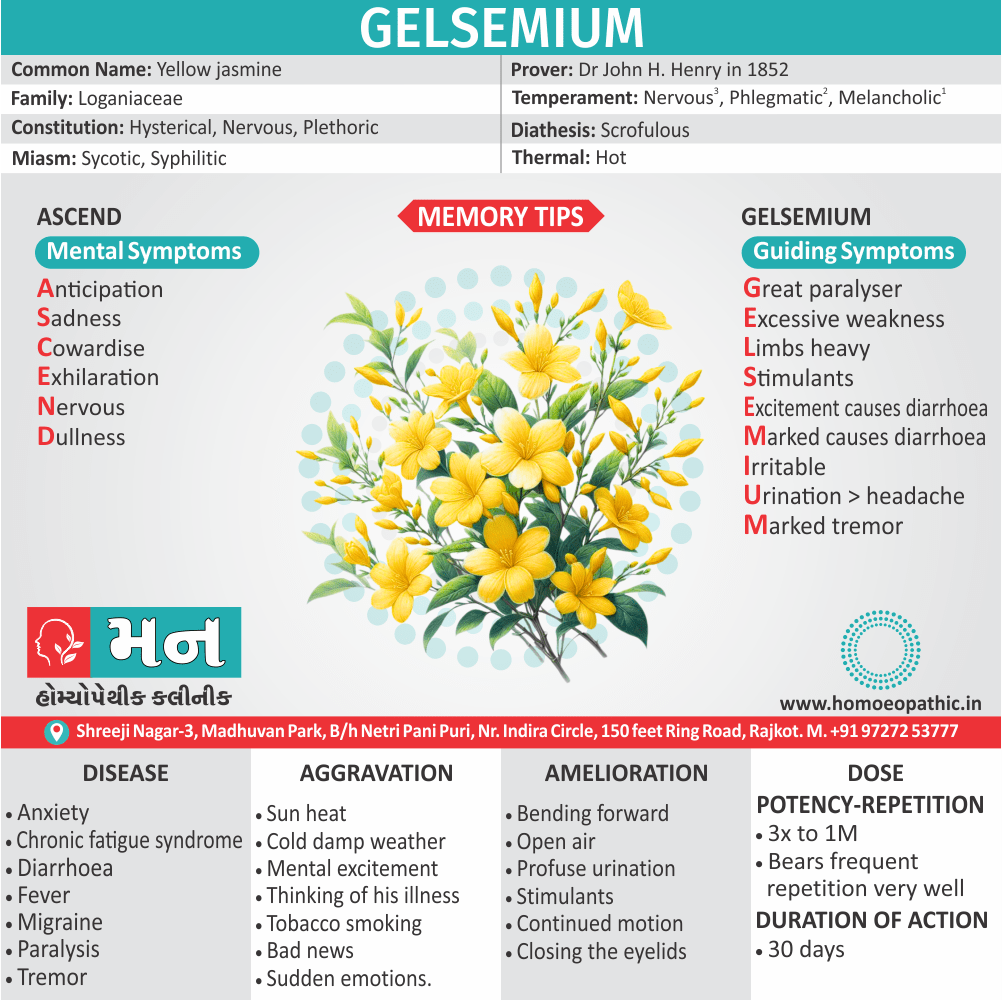Vaginismus: Understanding the causes, symptoms, and effective treatments for this common condition affecting women’s sexual health.
Causes: Explore the physical and psychological factors that can contribute to vaginismus, from past trauma to anxiety and relationship issues.
Symptoms: Learn to recognize the signs and symptoms of vaginismus, including pain with penetration, muscle tightness, and emotional distress.
Treatment: Discover the various treatment options available for vaginismus, such as pelvic floor physical therapy, cognitive-behavioral therapy, and the use of dilators.
Vaginismus: Find Relief with Homeopathy
Discover how homeopathy can help you overcome the pain and anxiety of vaginismus. Learn about the causes, symptoms, and effective homeopathic treatment options. Find hope and reclaim your sexual well-being.

